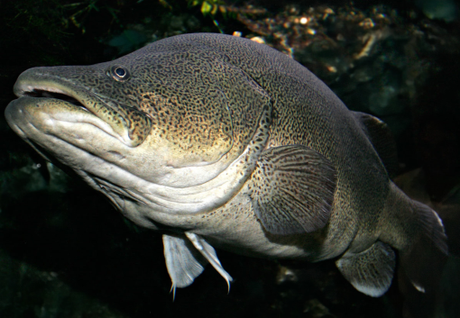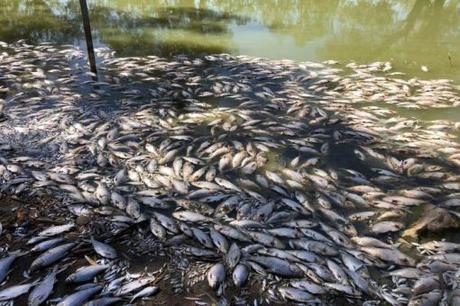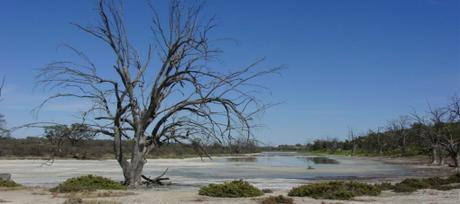
It seems that most of what I do these days is measure, model, or otherwise quantify environmental damage. While I dabble in restoration, occasionally I’m involved in a project that really can make a positive difference.
If you’re an Australian, you’ll know a thing or two about just how much of a clusterfuck our biggest river system has turned into. From mismanagement, to outright theft, to lobbyist-driven over-exploitation, to climate change itself, the Murray-Darling system is now in a right mess.
So, I’ll pretext this post with a caveat — no amount of ecological restoration can ‘fix’ a compromised river if there’s no water in it. Goes without saying, really.
But, if you do have water, then there are things one can do to promote populations of various creatures living in it, like fish.
Dubbed the ‘honeypot effect’ — we have just shown that providing woody habitat, or ‘snags’, for native fish in the Murray River increases population size.
In a paper released today in Ecological Applications, lead author (and my former PhD student) Dr Jarod Lyon from the Arthur Rylah Institute and the rest of the co-author team describe studying 110 km of the Murray River over seven years, installing more than 4450 ‘snags’ and analysing more than six million records of tagged fish.
We found a three-fold increase in the abundance of Murray cod (Maccullochella peelii), and a doubling of abundance of golden perch (Macquaria ambigua), in the reach of river where habitat restoration was done compared to sites where habitat remained constant. In addition, abundances of the target species in the nearby reference sites remained stable, indicating that the numbers of fish across the whole study area had increased, rather than just the same fishes just moving around.

We employed a range of methods to track the fish populations over time, including electrofishing surveys, mark-recapture, and telemetry tracking.
Relevant government bodies and authorities are more likely to take habitat-restoration options seriously because of the proven effectiveness, because restoring degraded freshwater ecosystems like the embattled Murray-Darling Basin is an expensive and colossal task. Knowing that our restoration attempts actually work to increase the number of native fish gives us hope that we can keep these unique species around well into the future.
Recreational anglers also provided important data by sharing their catch records within a valuable science citizen-science program, assisting in providing results that give greater confidence to river managers that installing woody habitat really does help native fish populations thrive, and delivers substantial benefits to the communities using them.

Under most climate-change scenarios, we are looking at a future where there will be increased pressure on Australia’s limited water resources, so we need to look at a range of options for restoring fish populations in our waterways — it will take a mix of interventions to do this, and it is vital for managers to know that we can apply habitat restoration that works.
Our large-scale, long-term study also provides a valuable and useful example of how experts can assess other interventions in our rivers, such as installing fish passage or delivering water for the environment, all of which are designed to support better, healthier, thriving native fish populations.
CJA Bradshaw & JP Lyon

